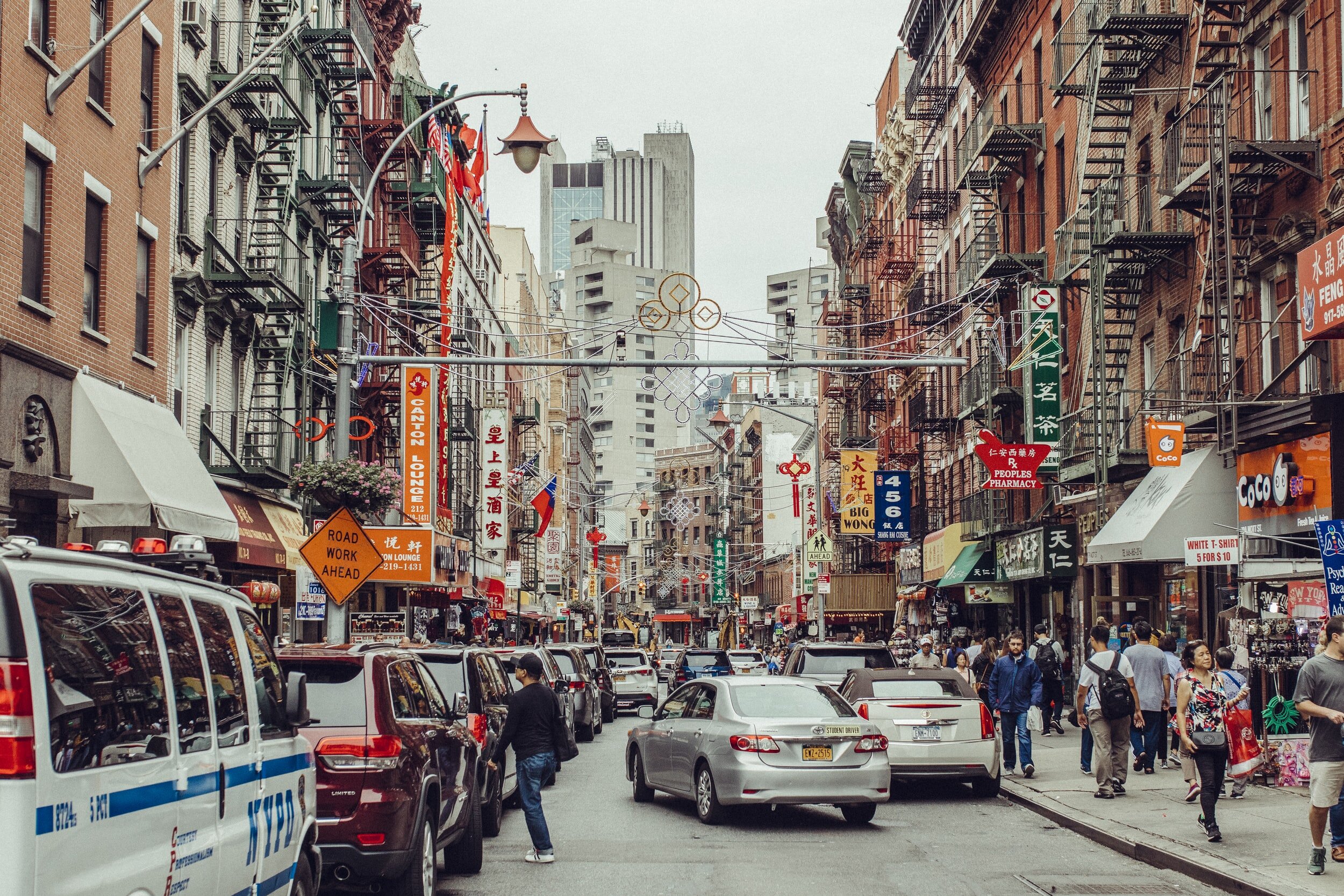How OKRs Enhance Planning for the Future of Cities
Earlier this year, I wrote a post called "Why a Three-Pronged Approach Will Create Resilient Cities." The post was an exploration into the many theories around the City of the Future, an amorphous concept that takes different forms depending on the speaker. I delved into several iterations on the concept, pulling inspiration from world-renowned organizations and corporations like Space10, IKEAs urban think tank, Sidewalk Labs, Google's dominant foray into urban design and master planning, and Gehl, an immense force in the world of urban planning.
While I'm only a few steps closer to understanding what elements make a thriving city, I've learned also learned what doesn't. This week, I spoke with a friend who worked at HUD several years ago. During our call, we discussed the differences between the United States and other leading countries in the constant push for healthier, more resilient cities. We talked on all topics urban planning, including the concept of master-planned cities, a list that includes the likes of Songdo in South Korea, the widely discussed "smart city," built from scratch and master-planned by a major private developer from New York.
As I quickly learned during our conversation, urban design in these master-planned cities is nothing short of small advertisements for the developers, he told me. In many cases, including Songdo, these cities have failed to achieve their ultimate goal, drawing sharp criticism from city planners, governments, and mainstream media, which have published articles with titles like "When Smart Cities are Stupid" or "Songdo, South Korea's Smartest City, Is Lonely" and the list goes on. When you dig deeper into the motivations behind these projects, the message is clearly written in the margins — leaving the task of designing cities to private corporate interests makes profit the driving force behind urban planning.
Identity, the defining characteristic for so many world-famous, resilient cities, can't be planned on paper.
A city from the “eye-level” perspective.
A city from the bird’s eye perspective.
Looking back to Google, IKEA, and the growing private interest in urban design — while it's clear that all of these well-researched organizations have assumptions, theories, and methodologies for their City of the Future, they don't prescribe to the same mentalities as private land developers and real estate trusts, which focus on cities as a profit-generating venture. Although their interests are not entirely charitable, their approach is far more holistic than the single-track mentality of real estate types. Making careful considerations for the impact of urban design on people over technology, their approaches aim to learn about the citizens that inhabit a city than to impose design principles on a population.
In short, they design for the future of cities, not the City of the Future.
To the Sidewalk Labs, Y Combinators, and Space10s of the world, the future of cities looks more like a tech product. And before your raise hell about big tech taking over, let me explain.
In many cases, a technology product is one of the most scrutinized products released today, with hundreds of departments poring over minute details and thousands of hands touching the product from concept to release. From C-suite to engineering and design to marketing, tech products released by major corporations like Google, Facebook, and Apple go through thousands of painstaking iterations before landing in your hands as a final production version.
These products go through committee decisions, late nights and brilliant sparks of genius, dozens of brainstorms, and thousands more surveys and interviews that incorporate internal and external feedback. Most importantly, it's iterative. What may be the golden master build is never the final release, always calling for continual updates, upgrades, and improvements.
A city could benefit from this scrutiny in many ways.
At its core, the concept of the city was designed to bring people together from many walks of life. The concept of the city was developed through trial and error over centuries through need and convenience — offering a centralized location for social discourse, physical security, economic prosperity and trade, and governance.
However, over these centuries, the mission and purpose of the city have changed and transformed to meet the evolving needs of the people that live within its confines. At its basic level, cities no longer prioritize the need to protect citizens from external invaders, instead, they behave like businesses, trying to attract people, talent, and grow into a thriving metropolis. And over time, with financial interest at stake, the role of governance has changed, aligning its goals with profits and prosperity.
Restructuring cities to function as a tech product would help to realign the goals of the cities to match the users ("the citizens") with the features ("policies") that represent the population rather than the other way around.
In my opinion, the future of cities needs product managers. The goal of these public officials would be to understand the needs of the people and to define the goals and OKRs of their population — selecting programs and initiatives like features that accomplish those goals. In one sample case, the OKRs would optimize for several key values — improving equitability, improving access to resources, improving investment in innovation.
Mission: Create happier, more resilient cities
Goals are important for any tech product and OKRs are the gold standard for measuring performance and keeping a team focused and aligned. These goals will vary by city and OKRs will depend on existing investment within a city budget, but each local government should be aligned by a unified mission to create a happier and more resilient city. OKRs will help to align the local government and individual departments of the focus for each quarter or "sprint."
OKRs:
1. Improve civic education and equitability
Sample Key Results:
Increase voter turnout in all counties to X%
Create a plan for standardized civic literacy at the high school level
Publish new plan for distributing policy information to all counties
2. Enhance access to public resources
Sample Key Results:
Increase public transit ridership to Y% (reduce dependency on cars as a system of economic elevation)
Decrease traffic in major public corridors to Z%
Install (n) miles of new biking lanes
3. Increase investment in innovation
Sample Key Results:
Install (n) new flexible streets along major public corridors
Fund (n) new zero-emissions public buses
Reduce energy grid consumption by X% YoY



